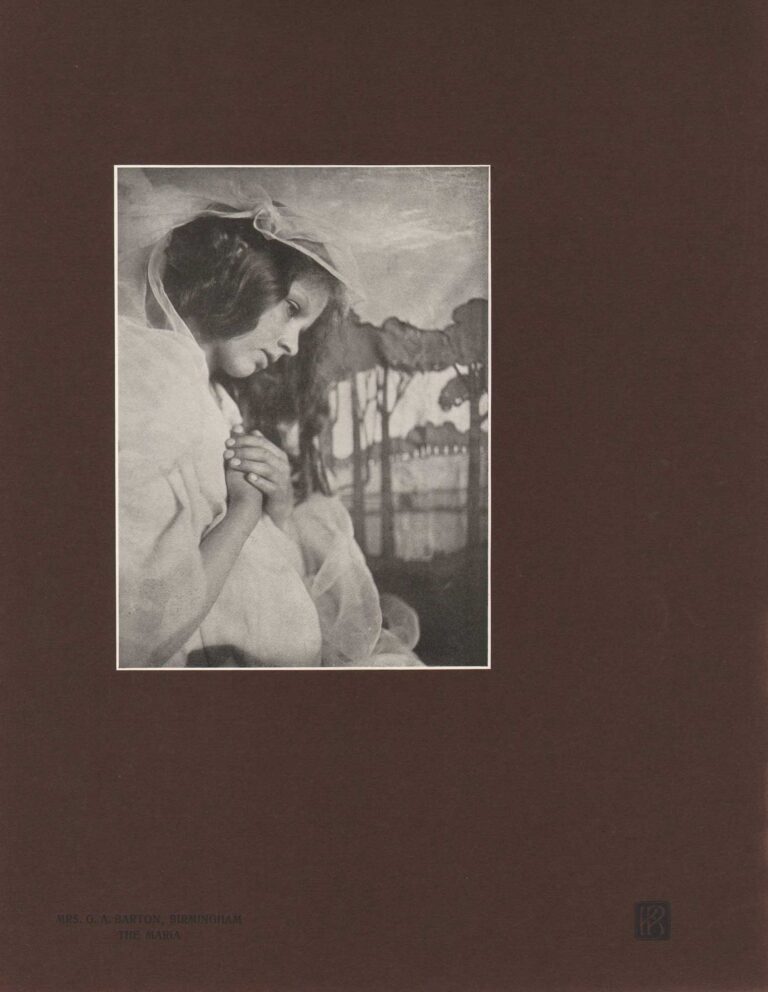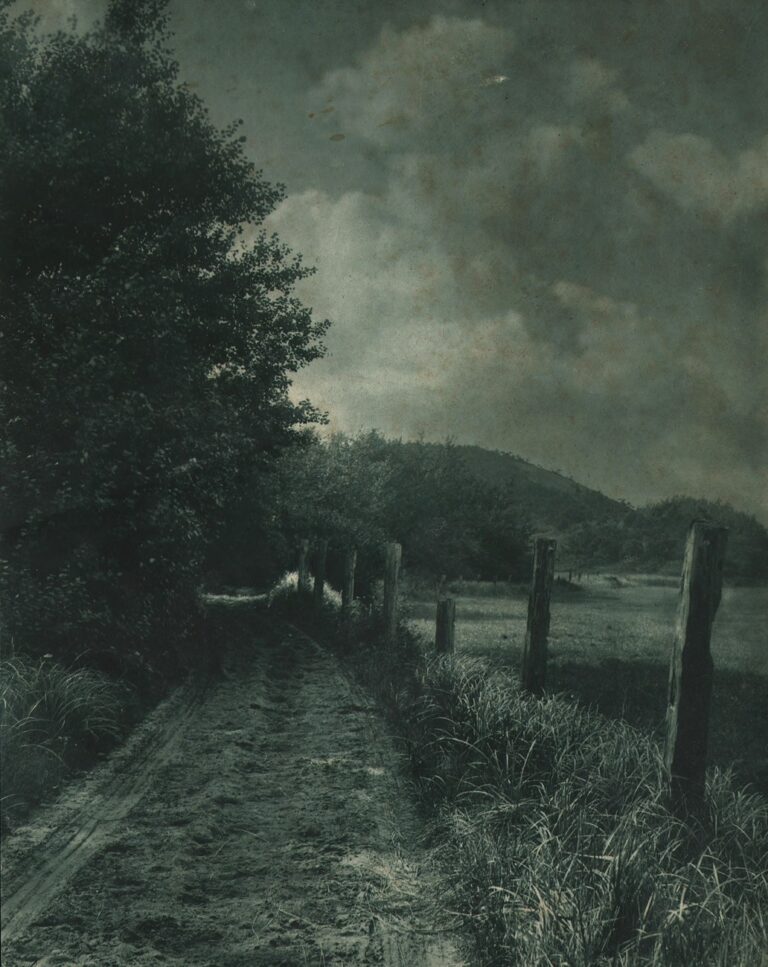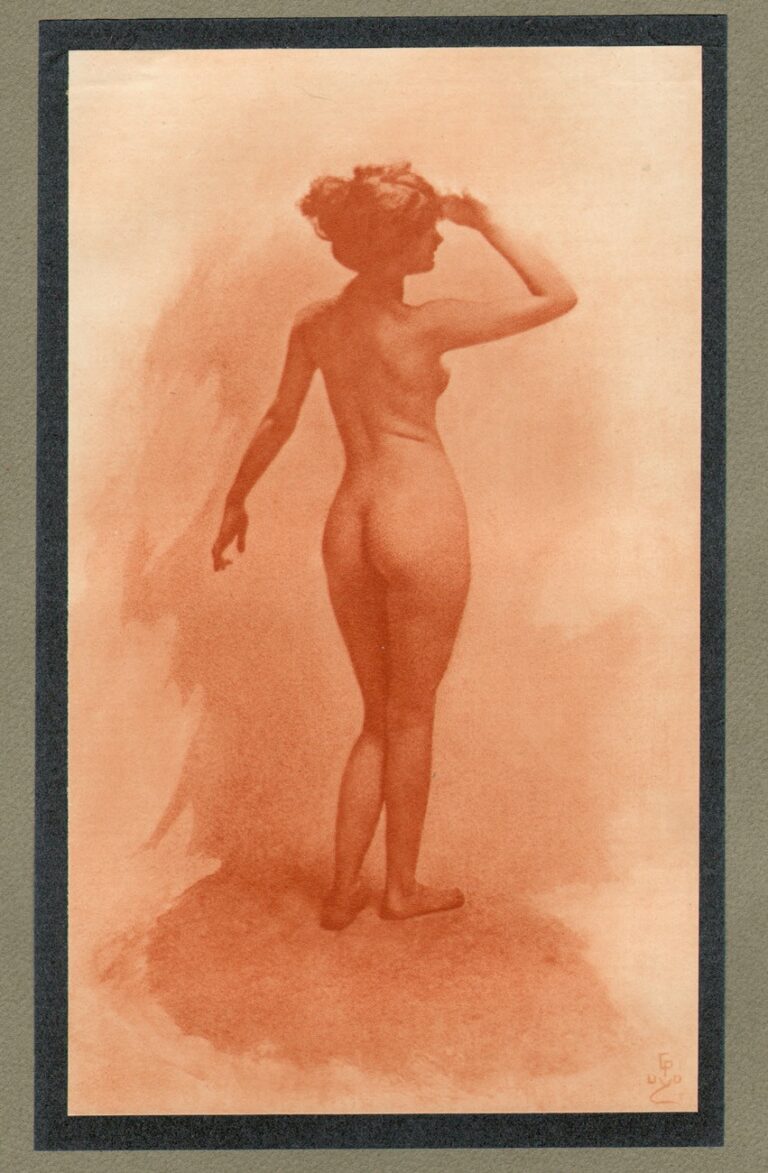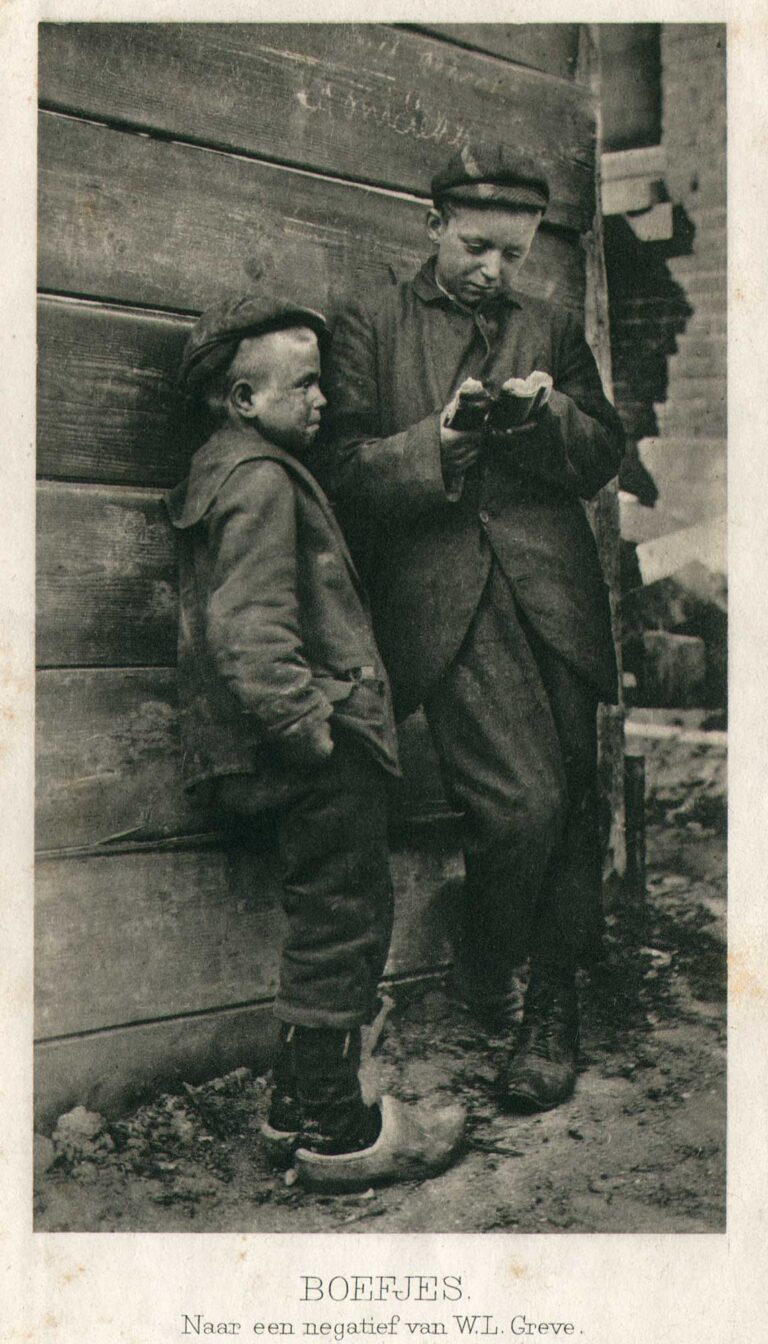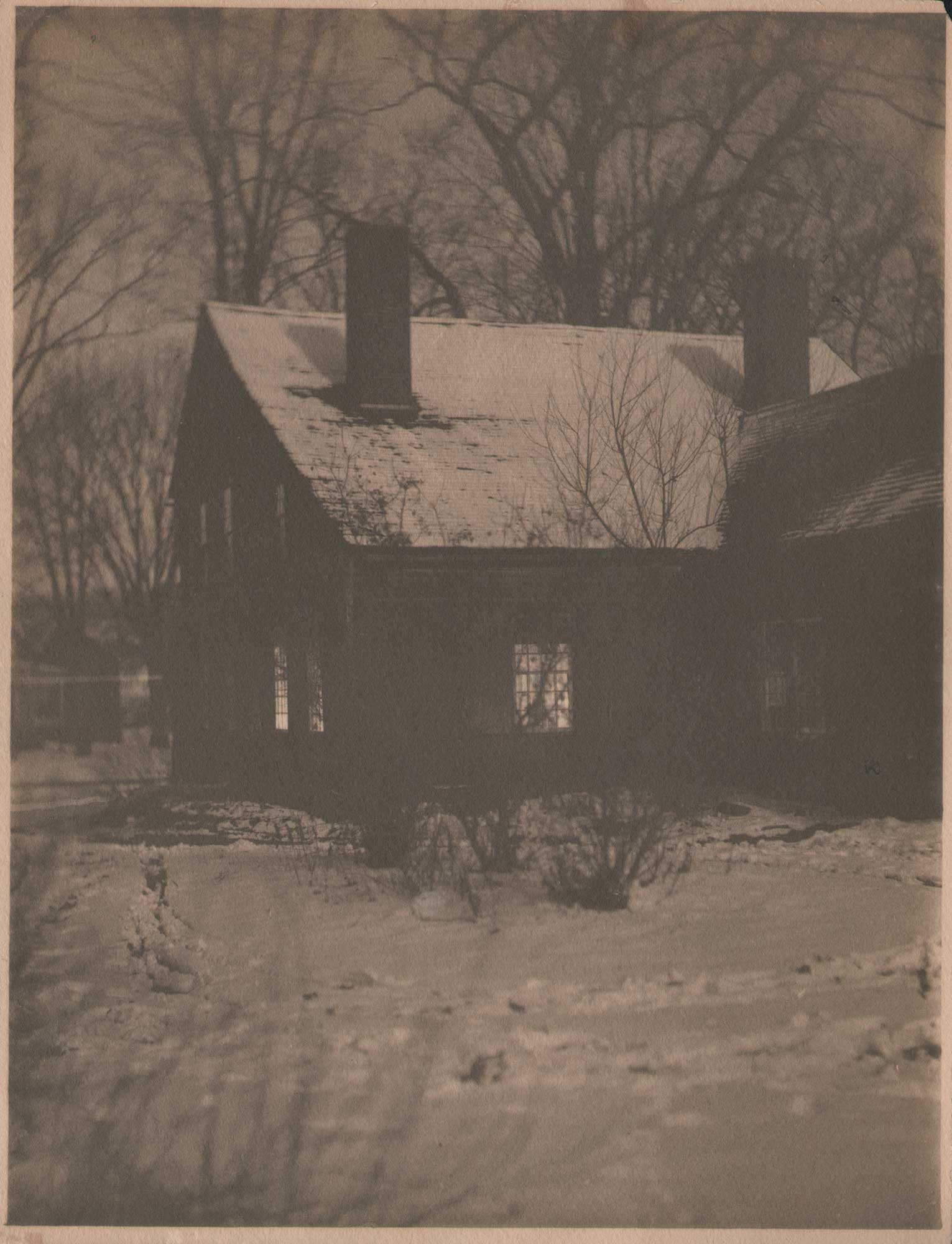
Moonlight
This view shows a winter moonlit rear view of the Allen House, at the time the photographers residence. Now owned by Historic Deerfield, its located in the present-day Old Deerfield Historic District, a U.S. National Historic Landmark District in Deerfield, Massachusetts. Memorial Hall Museum owns an example of this image dated 1906.
✻ ✻ ✻ ✻ ✻
Frances Stebbins Allen: 1854-1941 & Mary Electa Allen: 1858-1941
Working together as well as separately, the famous photographer Frances Benjamin Johnston decreed at the very turn of the 20th Century that the Allen sisters were “two of the Foremost Women Photographers in America.”
Born in Deerfield, Massachusetts to Josiah Allis Allen and Mary, née Stebbins. Frances Stebbins Allen and her sister, Mary Electa Allen (1858–1941), were schoolteachers, who left teaching when they became deaf in their thirties.
Their deafness led Allen and her sister to take up photography. By 1895, they were permanently exhibiting and selling their prints from their families ancestral home. Many of their works were never attributed to one sister or the other, but to “the Misses Allen.” Many of their idyllic images harken back to an idealized version of the region’s colonial history. -Wikipedia (2025) continues…
✻ ✻ ✻ ✻ ✻
An excellent introduction to the early life of the Allen sisters is contained in the following short essay published in the Historical Journal of Massachusetts, Vol. 37 (2), Fall 2009:
Suzanne L. Flynt: The Allen Sisters: “Foremost Women Photographers in America”
Frances Stebbins Allen (1854-1941) and her sister, Mary Electa Allen (1858-1941), were among the foremost women photographers at the turn of the twentieth century. Frances and Mary Allen’s home and inspiration were in the Connecticut River Valley town of Deerfield. The Allen sisters were provided opportunities to advance academically, socially, and artistically at Deerfield Academy and, beginning in the fall of 1874, at the State Normal School teacher’s college in Westfield, Massachusetts (now Westfield State College). The sisters amiably shared a room, classes, and friends. After the first day of school, Frances wrote to her mother:
“I think there is a splendid set of teachers. Anybody can see that they are smart, and good too, by just looking at them.” (1.)
Frances and Mary’s subsequent letters home brim with enthusiasm about all aspects of school life. In a letter to her brother, Edmund, Frances encouraged him to visit, although the school’s strict boarding rules made her uncertain “whether they would dare have a wolf come among the lambs here.” (2.)
Tuition was free to the State Normal School pupils who agreed to teach in the state’s public schools following commencement and, in June 1876, Frances and Mary Allen graduated from the State Normal School. Frances spent the next ten years, from 1876 to 1886, teaching, but due to poor health, Mary’s teaching career was sporadic. When they were in their thirties, however hearing loss forced both to give up their chosen careers. Frances became profoundly deaf, and Mary could only partially hear even with the use of amplification. Resolved to find employment, the Allens were drawn to the field of photography – one of the few socially acceptable pursuits for women outside of the home.
They learned their craft through photography journals and by their association with urban artists and photographers summering in Deerfield. The rural landscape of Western Massachusetts provided artistic vistas for the Allen sisters to work with, and Deerfield’s impressive eighteenth-century houses and furnishings offered a perfect environment for their colonial re-creations. Book and magazine publishers commissioned the Allens’ photographs of children, country life, or costumed figures enacting Colonial Revival interests. Between 1896 and 1916, the flourishing of the Arts and Crafts Movement in Deerfield played a critical role in the Allen sisters’ careers. Summer exhibitions, the Old Deerfield Pageants, large numbers of tourists, international competitions, and national press coverage provided the Allens with an admiring audience not found in most rural towns. Recognition of the success of their vision came in 1901 when eminent photographer and critic Frances Benjamin Johnston named the sisters two of “The Foremost Women Photographers in America.” She declared:
Frances and Mary Allen, like most of their professional sisters, are women whose success in photography is the result of patient, painstaking effort. Without any special training but that of well-read women of good taste they have put character, dignity and artistic feeling into their pictures, and they stand unrivaled in their individual line of work. In that quaint, old Massachusetts town of Deerfield the Allen sisters have found a veritable mine of picturesque material. (3)
Frances and Mary Allen’s photographs of children were especially admired. In a March 1894 letter published in the journal, The PhotoBeacon, the sisters noted:
The merit of posing, which you kindly give us credit for, belongs rather to the models. Our chief virtue is in letting them alone. We usually have better success with children who are not too highly civilized, or too conventionally clothed, or who are too young to be conscious. We give them a general idea of the picture we want, and then let them alone until they forget about us and the drop catches an unconscious pose. They consider it a game, and are always ready to play at it.
- Frances S. Allen, Letter to her mother, Mary Stebbins Allen, Deerfield, MA, September 13, 1874, Private Collection
- Ibid.
- Frances Benjamin Johnson, Editor. “The Foremost Women Photographers in America,” The Ladies’ Home Journal 18, No. 8 (July 1901): 13. The original essay by Flynt, with photographs, can be seen here.
✻ ✻ ✻ ✻ ✻
